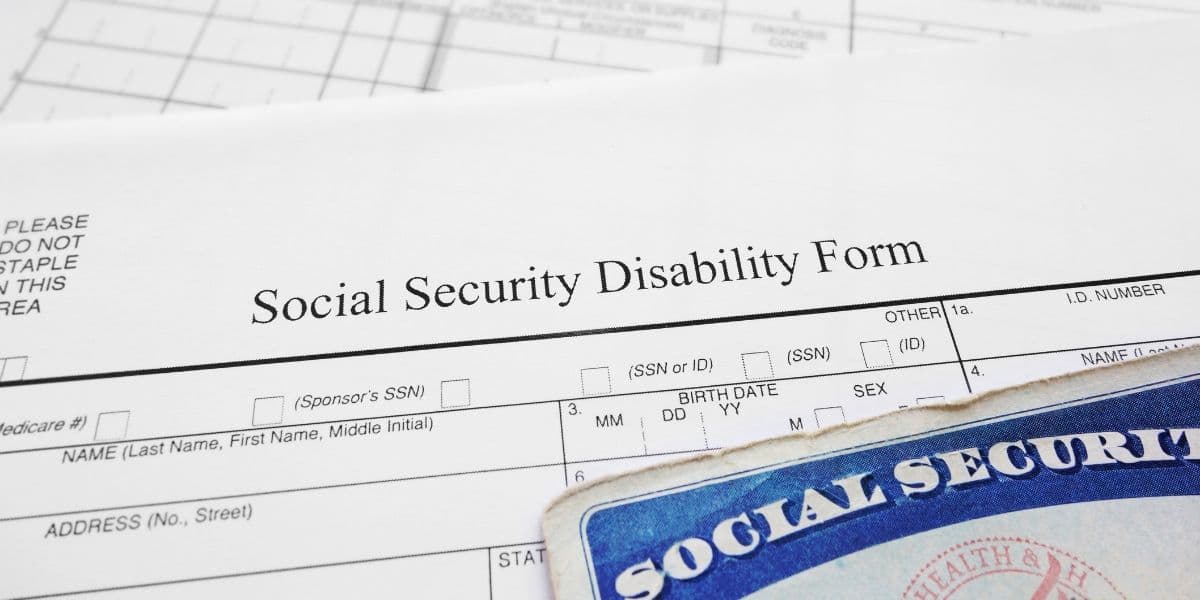The Dos and Don’ts of Applying for Social Security Disability
Social security disability benefits are designed to provide financial assistance to the most vulnerable people in the country. They aren’t generally eligible for standard Social Security, or those benefits are so low that they couldn’t survive on them.
It isn’t easy to qualify for social security disability benefits, but there are some things you can do to improve your chances.
What Is Social Security Disability?
SSDI was established in 1936 as a result of the great depression with the program finally becoming law in July 1956. https://www.ssa.gov/history/edberkdib.html. This program was designed to address the hardships created by a worker’s loss of earnings due to disability. It was also a way and to provide financial support for the low-income elderly population, the blind, or children. Supplemental Security Disability Income (SSDI) is specifically for people who have documented evidence of a disability that prevents them from earning a living through work.
SSDI is difficult to qualify for. Only about 30% of applications are approved the first time. In most cases, the person doesn’t have a disability severe enough to qualify.
Do I Qualify?
To qualify for SSDI, you must have worked in a job that qualified for Social Security benefits. You will have seen those deductions in your paycheck. Additionally, you must have worked in those jobs long enough to earn what the Social Security Administration (SSA) calls “work credits.”
It’s essentially an earn-as-you-go process where you earn one credit for each $1,410 in income. You can read more about the specifics of the process in the SSA’s booklet called How You Earn Credits.
You must also provide documentation of your disability and prove that you are unable to work now and in the future because of it. Some disabilities or illnesses automatically qualify for social security disability.
What Proof Do I Have to Show?
This is probably the most important question to ask if you want to strengthen your case. Having solid documentation of your disability and its effect on your ability to work is key to your application.
The details you will need to provide are:
- Information about the doctors, hospitals, and clinics where you were treated
- Dates of your visits
- List of all the medications you are taking
- Medical records including laboratory and test results
You will also be asked to provide a summary of where you worked and the kind of work you did. Take this opportunity to explain in detail why your disability will prevent you from doing this work now.
How Long Does the Process Take?
It is not unusual for the process to take a year or longer, so you should start your application as soon as possible. Social Security does maintain something called the Compassionate Allowances List (CAL).
The CAL allows the agency to speed up the application process for people with the most serious disabilities and illnesses. Some of those disabilities include:
- Lou Gehrig’s disease (ALS)
- Stage IV breast cancer
- Early-onset Alzheimer’s disease
- Pancreatic cancer
Keep in mind that although your application may be approved quickly if your disability is on the CAL, you will still have to wait for benefits. The earliest you will receive them is five months from the date that Social Security determines your disability began.
How Much Will I Receive?
You won’t get rich on social security disability benefits. The monthly maximum amount in 2020 is $3,011. It’s also important to know you will only receive benefits for total disability. Social Security does not pay for partial or short-term disability.
Your Right to Appeal
You have the right to appeal the decision if you were turned down for benefits. Hopefully, this article will help you understand the dos and don’ts of the application process so you have a better chance of being approved for social security disability.
At LaBovick Law Group, our experts are available to answer any questions you have. Please feel free to contact our office at any time.





